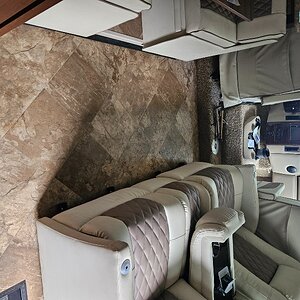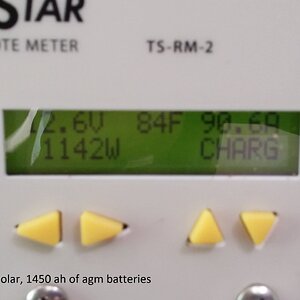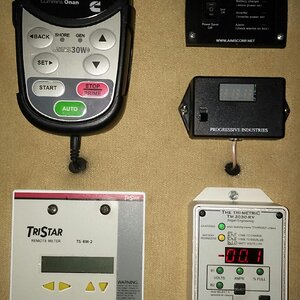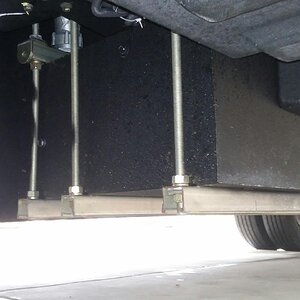Neal
Administrator
- Joined
- Jul 27, 2019
- Messages
- 13,873
- Location
- Midlothian, VA
- RV Year
- 2017
- RV Make
- Newmar
- RV Model
- Ventana 4037
- RV Length
- 40' 10"
- Chassis
- Freightliner XCR
- Engine
- Cummins 400 HP
- TOW/TOAD
- 2017 Chevy Colorado
- Fulltimer
- No
@redbaron - I'm not going to test it but I thought we could drive X miles when DEF is empty before derate, FL said 1000 miles I believe. But if you stop (engine off?) you go into derate. Again - I'm not validating this info.
@Texas Clodhopper - Yeah, very sad to not see Ouray, it was the highlight of this route. I looked at driving up from Pagosa Springs per recommendation of @ARD as an option but it's nearly 3 hours so not gonna be doing that. As to force regen with no light, we'll find out near the end of the month when I'm in a big city, or maybe near Gaffney as I'm headed and see what happens. Our coaches have the shorting plug so not sure how that plays in.
@Texas Clodhopper - Yeah, very sad to not see Ouray, it was the highlight of this route. I looked at driving up from Pagosa Springs per recommendation of @ARD as an option but it's nearly 3 hours so not gonna be doing that. As to force regen with no light, we'll find out near the end of the month when I'm in a big city, or maybe near Gaffney as I'm headed and see what happens. Our coaches have the shorting plug so not sure how that plays in.












